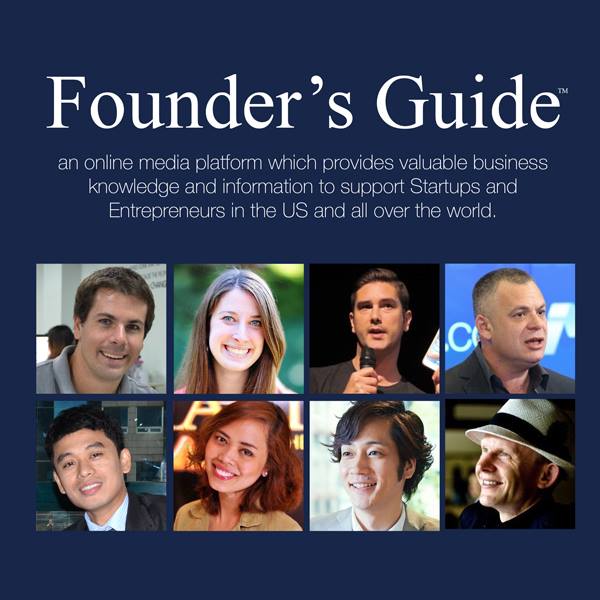Reaching the age of retirement is one of those relieving moments given to you in life. Usually, you won’t have to worry about planning for it because your work can take care of that for you. But if you’re self-employed, you might start panicking. And sometimes even the conventional pension plans are never satisfactory to the wishes of many after retirement. However, you don’t have to worry too much as there are many accounts you can open even if you’re self-employed.
Here are some ways to set up a retirement account.

- Traditional Retirement Plans
Some of the most common plans are the traditional IRA and the 401(k). There are 7 different types of IRA, but for the sake of simplicity, we’ll discuss the traditional and Roth IRA’s.
With the IRA, you can contribute a portion of your monthly income into your account, up to a maximum of $6,000 per year. If you’re over 50 years of age, you can go up to $7,000. The money goes tax-free as long as it’s in the account, and you can choose the pay the taxes in advance (traditional IRA), or whenever you withdraw the money (Roth IRA). However, you’ll be subjected to a penalty if you withdraw any of the money before the age of 70 ½. Once you decide on the plan that best suits you, you can easily open an account online and start saving.
With the 401(k), you get to contribute some of your income for your retirement, most commonly through a deduction in your payroll. In some companies, your employer will also offer a company match of adding into your account the same contribution you do, and they get to have tax deductions in return. Your employer usually takes care of setting up your account. When you transfer into another job, you can roll over your 401k(k) into the new account.
- Self Directed IRA
While they’re similar to traditional IRAs in how you can contribute and get tax deductions, self-directed IRAs allow for more diversity in the options in which you can save your assets. Keeping it out of the scope of cash, stocks, and common investments, the self-directed IRA allows you to save cryptocurrency, real estate or other forms of investment in your account. You might even want to learn how to hold physical gold in an IRA in your account since it is one of those investments you can keep in the account. But if it’s a bit of a complex process for you, you can set up a self-directed IRA in one of the specializing companies or banks with the help of a financial advisor.
- Individual 401(K)
The Individual 401(k) gives you the same perks of having a 401(k) in case you’re self-employed or freelancing. It has an extra advantage over the 401(k), in which you have the option to contribute into your account as both the employee and the employer. This raises the limits imposed on the 401(k), where you can you reach up to $19,000 annually, or $25,000 if you’ve passed 50 years.
Setting up an individual 401(k) is quite simple, you won’t have to file until your assets have exceeded $250,000. You simply have to peruse through the plans of trusted institute or firm and choosing the one that best fits you.
- Keogh Plan
Also known as HR 10 Plan, the Keogh Plan offers the highest potential savings for retirement. You can contribute a fixed payment at every compensation, topped at $70,000 a year, or structure a defined benefit plan and contribute up to $225,000 annually, or 100% of your paycheck, whichever is lower. Because of the federal requirements and paperwork complexity that this plan needs, it’s best if you get consult from a professional.
With all of the options you have, you’ll need to study each plan first to find out which one best suits you. Getting advice from a financial advisor is also important, as they’ll walk you through the hidden gems and pitfalls of each plan while customizing the best path to fit your needs and lifestyle. Once you figure that out, you won’t have to worry about your retirement anymore.










